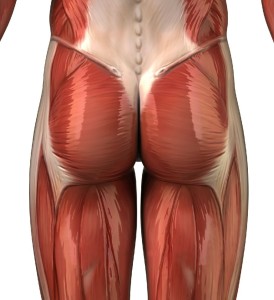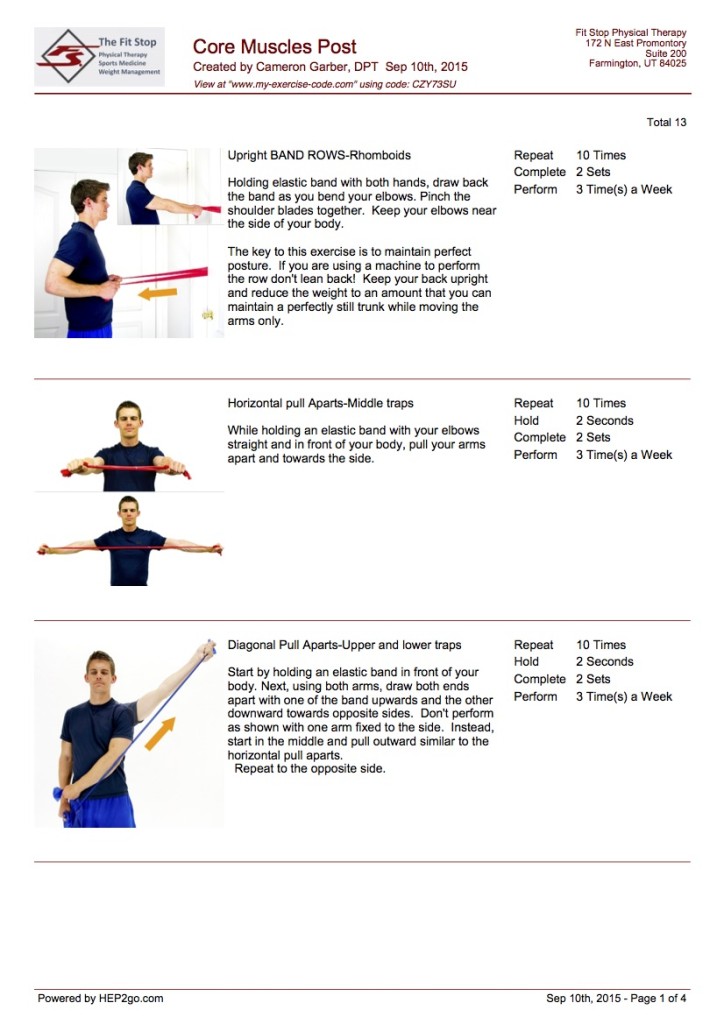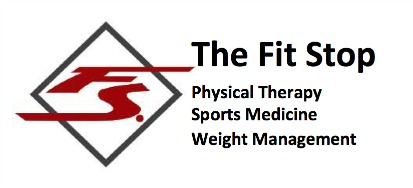6 Core Muscles You Didn’t Know You Had – And How To Train Them!
One of the biggest key phrases you hear in fitness today is the “core.” We are continually told we should be strengthening the core. We hear a lot about core strengthening and core exercises and having shredded abs. Most people think core and abs are synonymous terms. Well, it is true that abdominal muscles are core muscles, but the “6-pack” rectus abdominis muscles most people associate with the core are functionally the least important of them all.
In truth, “core muscles” are any muscle which attaches one part of your trunk (chest and abdomen) to another or from your trunk to your shoulder blade or pelvis. Examples of these other core muscles are the trapezius muscles, shoulder and hip stabilizers, back extensors or deep abdominal muscles. Today on the Fit Stop Blog, one of our core muscle specialists, Cameron Garber, PT, DPT, is breaking down some of the lesser-known core muscles – what they are, why they’re important, and sharing some great at-home exercises you can do to strengthen them. Keep reading for more:
Core muscles provide a stable base for all of your limbs to function from. With a stable base your shoulders and hips can move safely and correctly. You will have more strength, balance and fewer injuries. The 6 pack rectus abdominis muscles might look good, but really do little to provide true core strength or stability. Their major function is to flex the trunk forward, or to prevent you from bending too far backward. Our body is pushed pulled and prodded in many more directions than just forward and backward. We have a myriad of other muscles which help lock our core/trunk in and provide safe stable motion.
Here are some of the important, albeit lesser-known, core muscle exercises:
Rhomboids
Rhomboids are muscles of your upper back. They are located between your shoulder blades and are a critical component of your posture and shoulder health. Their job is to help keep your shoulder blades back on your back. They help prevent the all too common forward head and rounded shoulders posture we see so often in our laptop cradling society.
Strengthening the rhomboids requires us to use an exercise you are likely familiar, the row. You may be familiar with the row, but all too often I see people doing it too aggressively and with improper form. Check out the tips on proper safety and form in while performing the upright row. Download the exercise program below to learn more.
Middle and lower traps
When people think about the trapezius muscles, or “traps,” most are simply thinking about the middle linebacker neck muscles. You know, the large bumps up on their shoulders which make it appear as though some have no neck. Well, those are only a part of the trapezius muscle complex. Although important, the upper traps don’t fulfill the entire function of the controlling the shoulder blade.
There are two additional portions of the traps which are also important. The middle and lower trapezius muscles are also very important in controlling the scapular motion. The middle traps help hold the shoulder blades together much like the rhomboids. The lower traps help keep the shoulder blades down on your back instead of rolling up higher on your back and giving you rounded shoulders.
Strengthening of the middle and lower traps are critical to controlling the shoulder blade for adequate protection of the shoulder joint. To do this perform an exercise I call the pull-apart. If you perform both horizontal, and diagonal pull-aparts you will strengthen both the middle, lower and partially the upper trapezius. Check them out by downloading the exercise program below.
Serratus anterior
Muscles along the ribs which attach to the shoulder blades form the serratus anterior muscles. Their job is to pull the shoulder blades forward along the rib cage. This motion is called scapular protraction. Without strength in these muscles the shoulder blades can “wing” out. Dysfunction in this muscle group causes problems with shoulder motion which can lead to overuse injury.
To exercise this set of muscles you have to add a “plus” to your chest exercises. The plus is an extra amount of forward push where your shoulder blades glide forward along your ribcage. Ceiling punches while lying flat on your back are a great way to learn the motion. The push-up “plus” is the best way to strengthen these muscles. See the attached exercise program to learn the push-up plus.
Transverse abdominis
One of the most important abdominal muscles is one you’ve probably never heard of. You’ve likely heard about the rectus abdominis or 6 pack abs, you’ve heard about obliques, but the transverse abdominis (TA) is actually the foundation of a healthy core.
The TA is the deepest layer of the abdominal muscles. The TA’s fibers run horizontally across the abdomen to the back where it attaches to the thoracolumbar fascia. It works to pull the thoracolumbar fascia taught which stabilizes the spine and holds spine and pelvis in a stable alignment. The stability this provides creates the body’s natural back brace. This back brace forms the base on which all other arm and leg movements can safely happen. Having a strong TA will give you strength and improve your safety with almost every movement you do.
Strengthening the TA can be complicated to learn if you are trying to isolate just that muscle. Luckily there is an easy to perform TA exercise which activates the TA more than any other movement. It also has the added benefit of strengthening all kinds of other core muscles. This magic exercise is the side plank. Check it out by downloading the exercise program.
Lumbar paraspinal muscles
Lumbar multifidi and erector spinae muscles make up the lumbar paraspinals. To simplify, these are a bunch of small paired strap like muscles which run up and down your spinal column. They are of different lengths and each has a slightly different purpose in moving and stabilizing the spine. They work closely together with the abdominal muscles (like the TA) to maintain proper positioning and stability.
Studies have shown that strengthening these muscles are one of the most important factors in reducing and preventing low back pain. They also help to create the stable base which allows all other motions to happen safely. So how do we strengthen them? The key is back extension exercises. One of my favorite at home extension exercises is available in the exercise program.
Glutes
The glutes aren’t just there to fill up your jeans. There are several layers of these very important muscles. Although you sit on them every day, there are a couple of glutes you may not have heard about.
The largest of the glutes are the gluteus maximus. In anatomy, if there is a maximus, then there is at least minimus. With our bum muscles there is also a medius. The gluteus maximus is an important hip extensor which is a powerful mover. Equally important in controlling pain, but lesser known to most are the gluteus medius and minimus. They help control the rotation of the hip. A seemingly small task, but immensely critical to the health of your feet, knees and low back.
To make sure the hips are strong and function properly, exercise is again the answer. There are many awesome hip strengthening exercises. I’ve attached three of my favorite for you to download in the exercise program. These are the 4 way hip, butt buster, and monster walks. They are great exercises, but you’ll definitely be feeling them by the time you’re done.
Check out all these exercises in greater detail by clicking on this FREE downloadable PDF:

There you have them!! Six very important core muscles you probably weren’t aware were part of your core. Incorporating these exercises into your regular routine will help you to develop better strength and greatly reduce your risk of injury.
The physical therapists at Fit Stop Physical Therapy know how your body works. They can help you identify your health and fitness goals, help you increase your sports performance or eliminate the cause of your pain. Come on in to any of our four clinics to get expert advice from our clinicians.
Cameron Garber, PT, DPT
Fit Stop Physical Therapy – Salt Lake City
51 South Main Street
Suite 307
Salt Lake City, UT 84111
(801) 656-2091
Fit Stop Physical Therapy – Farmington
172 N East Promontory Ste 200
Farmington, UT 84025
(801) 558-8612


